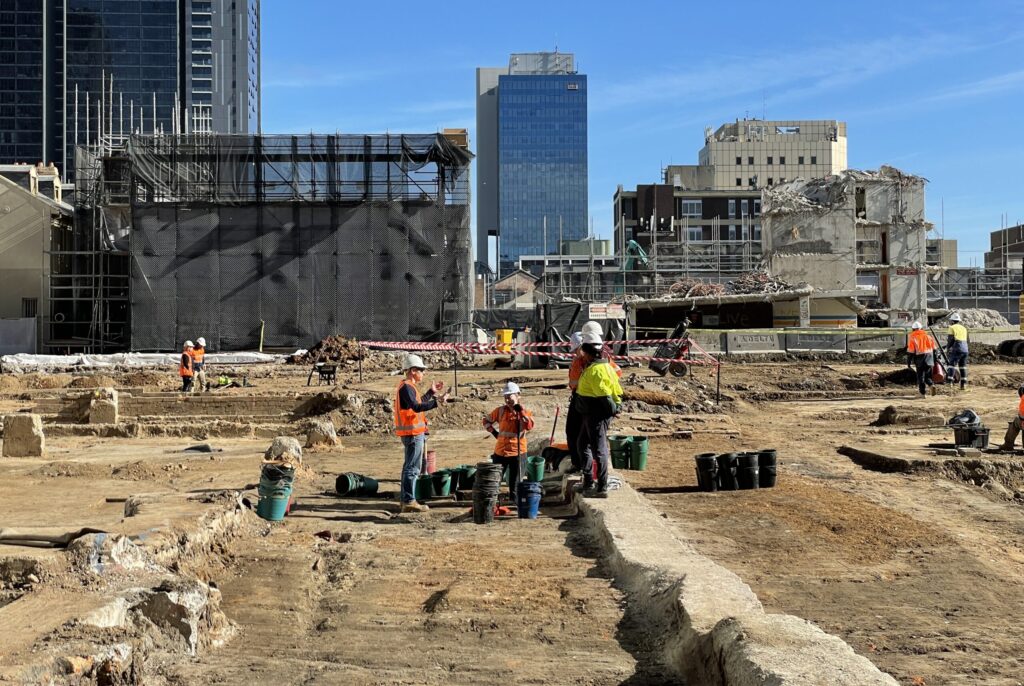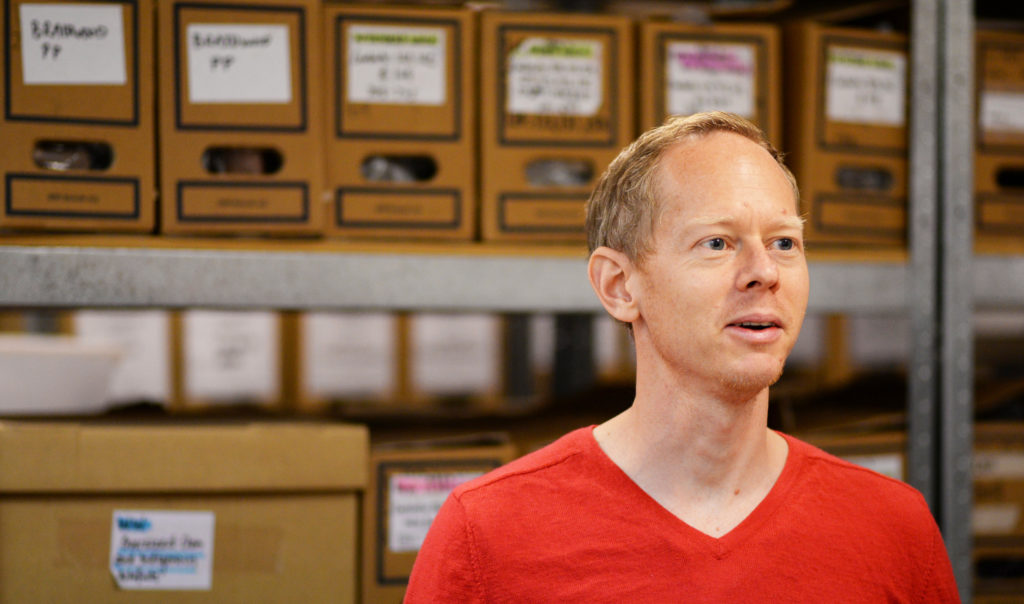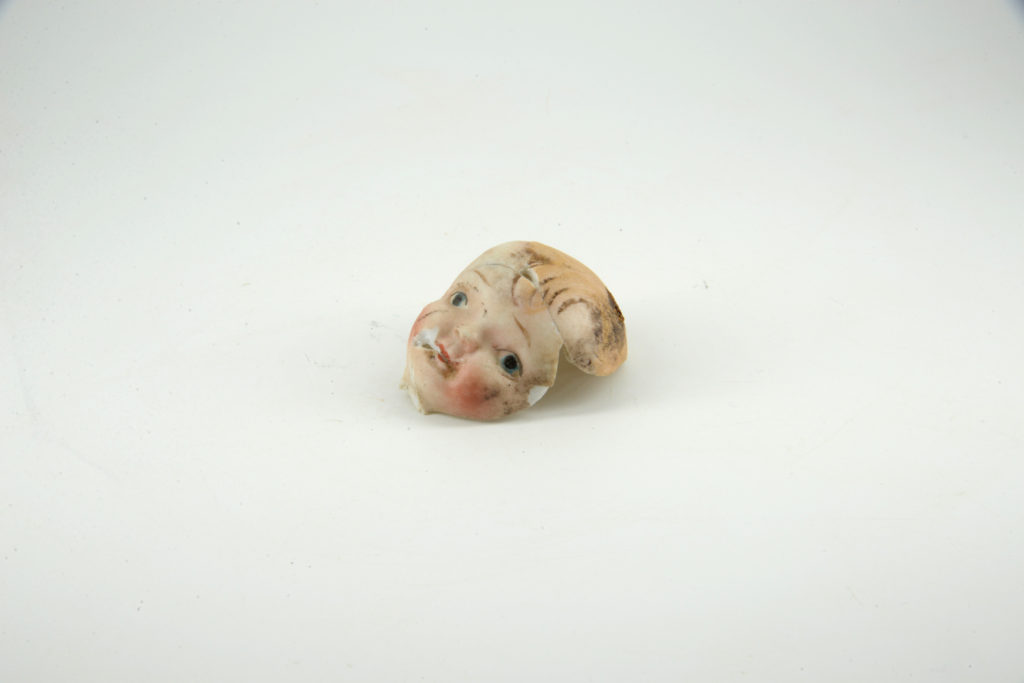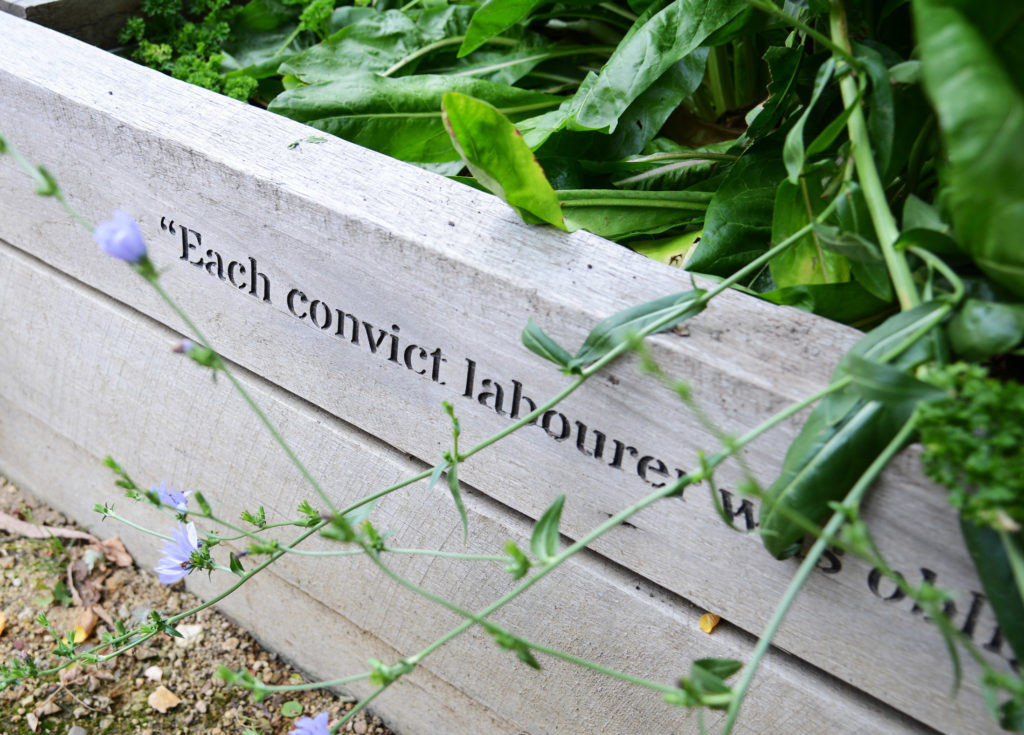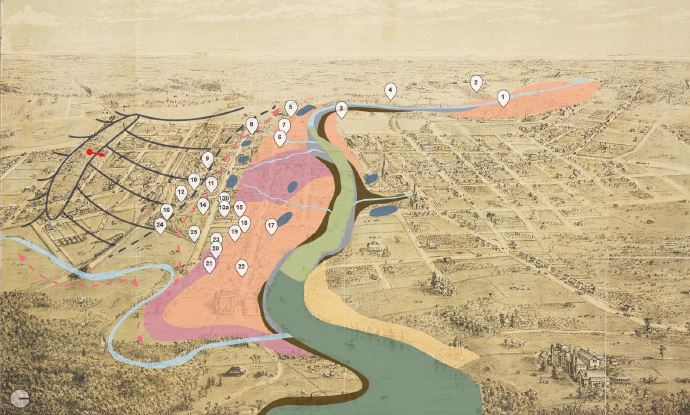
Parramatta, NSW: A deep time Aboriginal cultural landscape
The southern bank of colonial-era Parramatta, in the 1877 'Birds eye view of Parramatta', reclaimed as the Aboriginal cultural landscape.
Source: SLNSW a1528440, 'Town and district of Parramatta. New South Wales: Bird's eye view and insets of buildings / engraved by Gibbs Shallard & Co', modified by Owen and Bowen 2021.
New paper co-authored by Dr Tim Owen and Darug elders
GML Principal, Dr Tim Owen and Darug elders Julie Jones (Webb), Leanne Watson and Corina Norman have co-authored a new paper, published in the Journal of the Australian Association of Consulting Archaeologists. The paper ‘Parramatta, NSW: A deep time Aboriginal cultural landscape’ explores how patterns in the archaeological record of Parramatta were influenced by social and environmental change. Read the abstract, below or read the full paper here..
Abstract: Parramatta, NSW: A deep time Aboriginal cultural landscape
Dr Tim Owen, Julie Jones (Webb) (Dharug Strategic Management Group), Leanne Watson (Darug Custodian Aboriginal Corporation), Corina Norman (Dharug Ngurra Aboriginal Corporation).
Journal of the Australian Association of Consulting Archaeologists, Vol 9: 10-29.
Parramatta, New South Wales, has an extensive Aboriginal archaeological record, retained in a range of aeolian, alluvial and remnant soil landscapes either side of the tidal Parramatta River. Parramatta’s archaeological record varies spatially and stratigraphically across the shallow sloping landforms and terraced flats that gradually rise away from the river. This paper applies a chronological categorisation under the framework of the Eastern Regional Sequence to stone artefact assemblages from 26 Aboriginal sites.
Some of the chronological and spatial variability observed in the archaeological record can be associated with changing environmental conditions, such as the river becoming a tidal estuary at the Pleistocene/Holocene junction. However, some long-term patterns observed through the archaeological record were not solely driven by environmental change. We have sought to apply social knowledge of local Aboriginal traditions and cultural history to investigate and understand some of the Late Holocene changes.
The local Aboriginal community retains a strong cultural connection with Parramatta, and collation of oral, social and cultural histories provides an overview of these associations. Some of the connections demonstrate principals of social association which could have influenced the pattern of landscape occupation over the last two thousand years. We seek to understand whether the cultural associations resulted in Late Holocene social control in Parramatta, perhaps influencing patterns of landform use, occupation, and consequently deposition of archaeological materials.
Download the full paper here JAACA-2022-Volume-9-Article-2-Owen-et-al.pdf.
